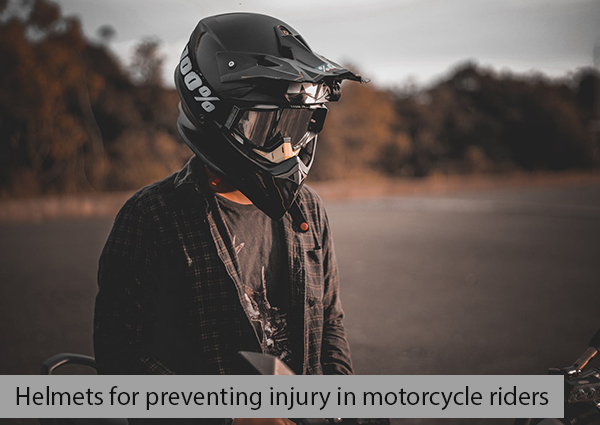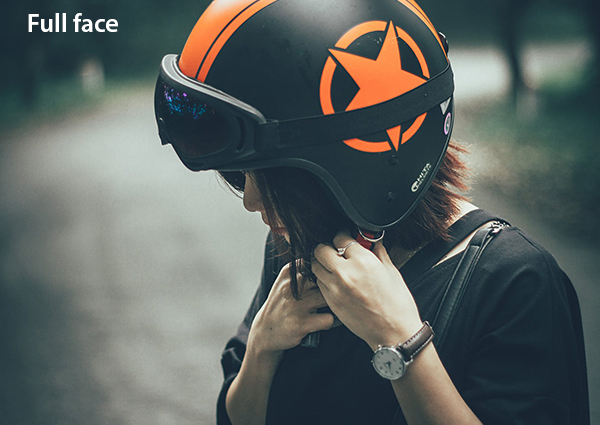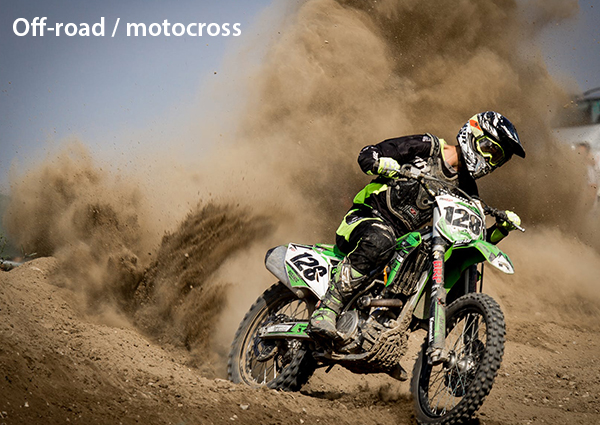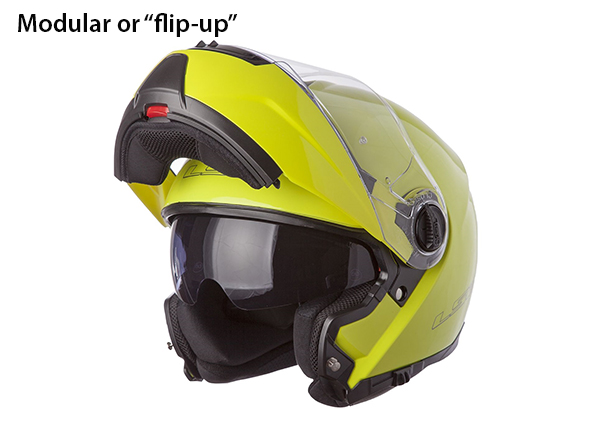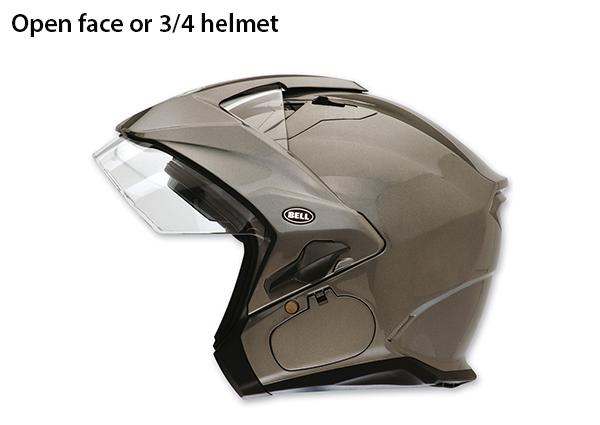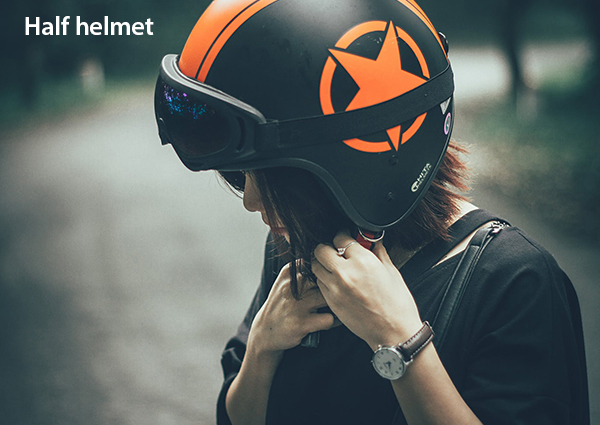Helmets For Preventing Injury In Motorcycle Riders
In this article, you will learn about helmets for preventing injury in motorcycle riders. Motorcycle crash victims form a high proportion of those killed or injured in road traffic crashes. Injuries to the head, following motorcycle crashes, are a common cause of severe morbidity and mortality. It seems intuitive that helmets should protect against head injuries but it has been argued that motorcycle helmet use decreases rider vision and increases neck injuries. Here below several tips for using helmets for preventing all injuries.
1. Full Face
A full-face helmet protects the entire head, with a rear that covers the base of the skull, and a protective section over the face of the chin. It usually includes a clear or tinted transparent plastic face shield, called as a visor, that frequently swivels up and down to allow access to the face. Numerous full face helmets include vents to increase the airflow to the rider. The notable attraction of these helmets is their protectiveness.
Some wearers dislike the increased heat, feeling of isolation, lack of wind, and lowered hearing of such helmets. Full-face helmets designed for off-road or motocross use sometimes omit the face shield, but extend the visor and chin portions to improve ventilation, since riding off-road is a very vigorous activity.
Researchers have shown that full-face helmets offer the most protection to motorcycle riders because 35% of all crashes showed major bearing on the chin-bar area. Wearing a helmet with limited coverage eliminates that protection — the less coverage the helmet provides, the less protection for the rider.
2. Off-Road / Motocross
The motocross and off-road helmet have clearly extended chin and visor portions, a chin bar, and partly open face to give the rider extra protection while wearing goggles and to provide the unhindered flow of air during the physical exertion typical of this type of riding. The visor lets the rider to dip his or her head and provide further protection from flying debris during off-road riding. It also assists the obvious purpose of shielding the wearer’s eyes from the sun.
Off-roads did not add a chin bar, with riders using helmets very alike to modern open face street helmets, and using a face mask to fend off dirt and debris from the nose and mouth. Modern off-road helmets incorporate a (typically angular, rather than round) chin bar to provide some facial impact protection in addition to protection from flying dirt and debris. When properly coupled with goggles, the result produces most of the same protective features of full-face street helmets.
3. Modular or “Flip-Up”
This is a blend of full face and open face helmets for street use is the modular or “flip-up” helmet, also sometimes referred “convertible” or “flip-face”. When fully compiled and closed, they mirror full-face helmets by bearing a chin bar for absorbing face impacts. Its chin bar may be turned upwards (or, in some cases, may be taken off) by a special lever to allow access to most of the face, as in an open face helmet.
The rider may, therefore, eat, drink or have a conversation without unfastening the chinstrap and removing the helmet, making them notable among motor officers. It is also famous with people who use eyeglasses as it allows them to fit a helmet without removing their glasses.
4. Open Face or 3/4 Helmet
The open face, or “three-quarters”, the helmet includes the ears, cheeks, and back of the head, but requires the lower chin bar of the full face helmet. Many endeavour snap-on visors that may be used by the rider to reduce sunlight glare. An open face helmet renders the same rear protection as a full face helmet, but little protection to the face, even from non-crash events.
Bugs, dust, or also wind to the face and eyes can cause rider discomfort or injury. As a result, it is not unusual for riders to wear wrap-around sunglasses or goggles to strengthen eye protection with these helmets. Otherwise, many open face helmets cover, or can be fitted with, a face shield, which is more efficient in stopping flying insects from entering the helmet.
5. Half Helmet
The half helmet also called as a “Shorty” in the USA and “Pudding Basin” or TT helmet in the UK and familiar with Rockers and road racers of the 1960s in the British Isles. It has basically the same front design as an open face helmet but without a lowered rear in the shape of a bowl. The half helmet presents the minimum coverage generally allowed by law in the USA, and British Standards 2001:1956.
Well, this was the end of an article of Helmets For Preventing Injury In Motorcycle Riders. As with the open face, it is not unique to augment this helmet’s eye protection through other means such as goggles. Because of their weakness compared to other helmet styles, some Motorcycle Safety Foundations prevent the use of half helmets now.

